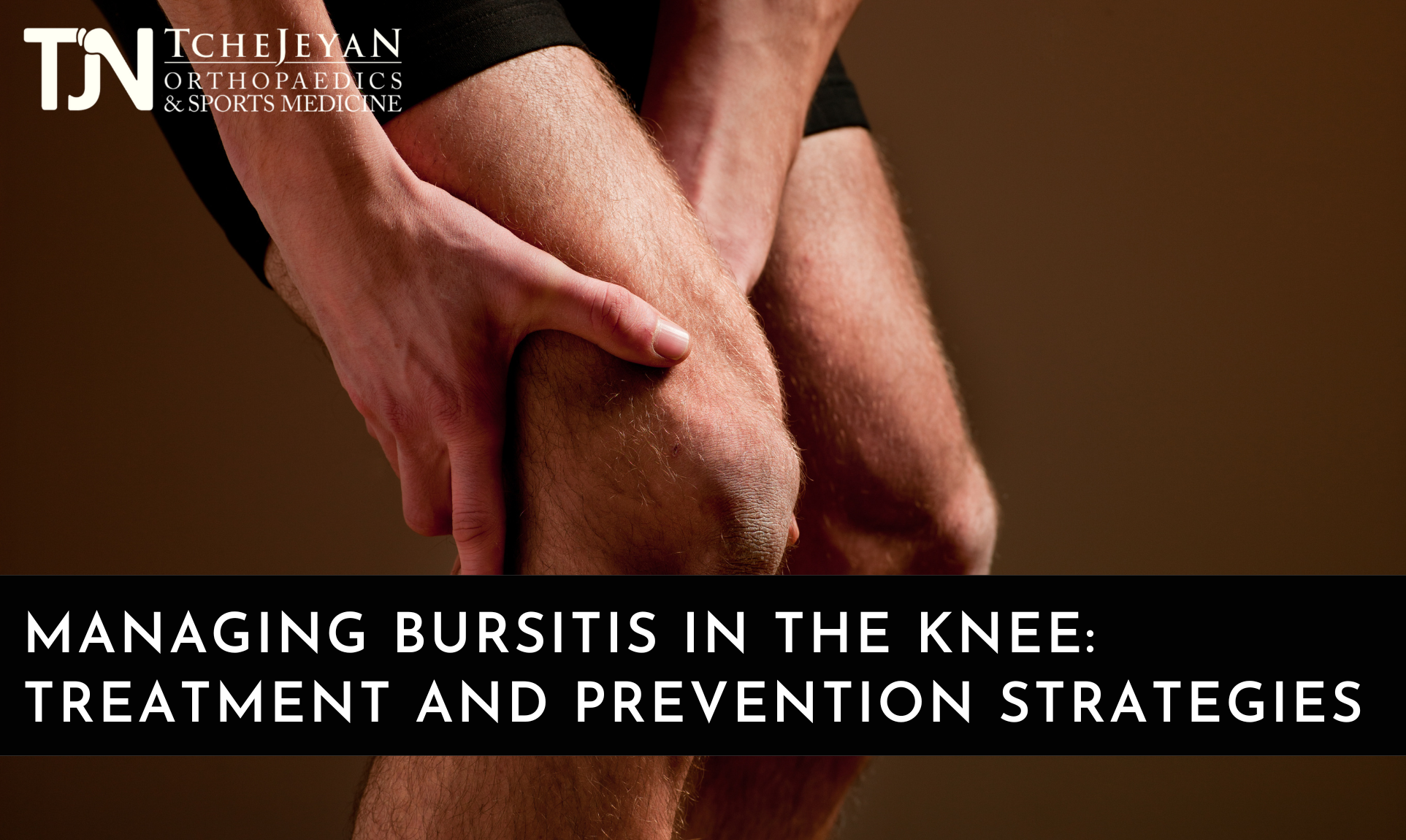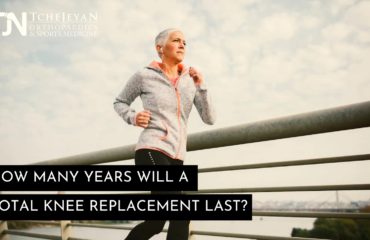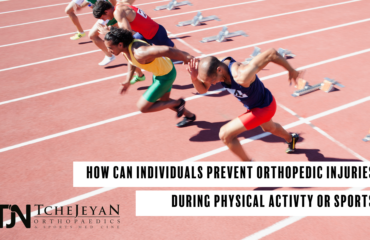Bursitis in the knee can impact your quality of life, impeding your ability to enjoy or even undertake everyday activities. Understanding this condition is the first step toward finding relief from pain and taking control of your knee health.
Bursitis can occur in many joints, including the shoulder, hip, knee, elbow, or even a toe. It is a painful condition that arises when tiny fluid-filled sacs, known as bursae, become inflamed. Bursae are located near joints throughout the body and act as cushions between bones, tendons, and muscles, reducing friction and allowing smooth movement. However, when the bursae become irritated and swollen, they can cause considerable pain and restrict joint mobility.
While bursitis can be distressing in any joint, it is especially bothersome when you get it in either knee, simply because everyone needs to use their knees to move from place to place. The pain associated with knee bursitis can keep you from walking and even driving, making it very inconvenient and debilitating.
How Does Bursitis in the Knee Develop?
Bursitis often develops due to repetitive stress or overuse injuries. Regarding the knee, activities involving frequent kneeling, such as gardening, or repeated knee bending, such as climbing ladders or stairs, can put significant pressure on the bursae, leading to inflammation. Athletes who engage in sports requiring repetitive knee motions, like running or cycling, are also at risk of developing knee bursitis. It often arises when an individual increases the level of activity in the joint, such as taking up jogging or beginning a new job that requires repetitive knee movement.
Prevention Strategies
While bursitis can be painful and disruptive, there are several preventive measures you can take to reduce your risk of developing this condition:
- Avoid Overuse: Moderation is key. If you engage in activities that strain your knees, take regular breaks and avoid excessive repetition.
- Proper Techniques: Learn and practice correct body mechanics for activities like lifting and kneeling to minimize pressure on your knees. Use knee pads, sit on a stool, or find other ways to reduce overuse of the knees.
- Supportive Footwear: Wear appropriate footwear that provides proper cushioning, posture, and support, especially if you are physically active.
- Strengthen Muscles: Strengthening the muscles around the knee can help stabilize the joint and reduce strain on the bursae. Use your muscles to support your weight rather than relying on the joint for support.
- Warm-Up and Cool Down: Always warm up before physical activity and cool down afterward to prepare your body and prevent abrupt stress on your knees. Do gentle stretching exercises, as well.
Treatment Options for Bursitis
If you suspect you have knee bursitis or are experiencing knee pain and swelling, it is crucial to seek professional medical advice. An accurate diagnosis is essential to rule out other potential causes of knee problems and prevent further damage or injury. If bursitis is the cause of your pain, here are some standard treatment options:
- Rest and Activity Modification: Reducing or avoiding the activities that aggravate the bursae can allow the inflammation to subside.
- Ice and Compression: Applying ice packs and wearing compression bandages can help reduce swelling and alleviate pain.
- Medications: Over-the-counter anti-inflammatory drugs can help manage pain and reduce inflammation.
- Physical Therapy: A physical therapist can guide you through exercises to strengthen the surrounding muscles and improve knee stability.
- Aspiration: In severe cases where the bursae are significantly swollen and painful, your doctor may consider aspirating the excess fluid. In this procedure, your doctor will insert a needle into the affected area to drain the fluid.
- Corticosteroid Injections: In some instances, corticosteroid injections may be recommended to provide rapid relief. Corticosteroids suppress inflammation.
Call TJN Ortho For an Accurate Diagnosis and Treatment
If you’re experiencing persistent knee pain, swelling, or restricted movement, don’t delay seeking professional help. At TJN Ortho, we specialize in treating knee problems, particularly for athletes. Whether your pain and immobility result from bursitis or other issues, you can be sure to get an accurate diagnosis and prompt treatment.
Don’t let knee bursitis hold you back from the activities you love. Take the first step towards relief and contact Tchejeyan Orthopaedics and Sports Medicine today to schedule an appointment.




